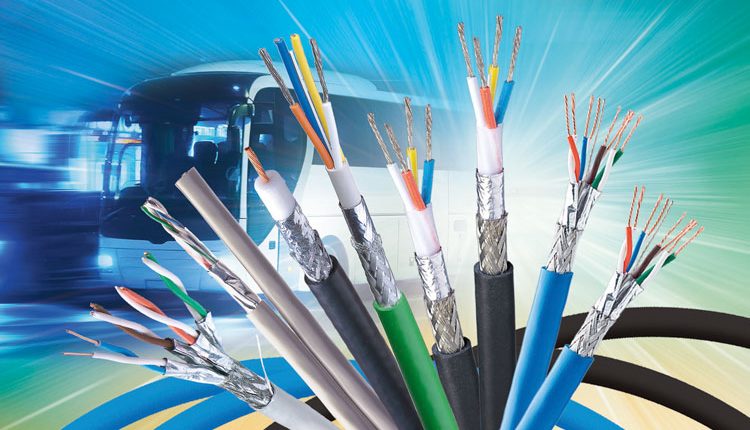Cables Meet New European Standard For Transportation Industry
Belden has received approval from the United Nations’ Economic Commission for Europe (ECE) on data, coax and microphone cables.
These cables now have ECE R118.02 approval and meet the fire protection standards required for use in the European transportation industry. The approved product range includes data cables (100Mbit/s, 1Gb/s and 10Gb/s solid or flexible versions), 50ohm low loss coaxial and a microphone cable.
“As passengers demand more technology when they travel by bus or coach, the need for high-speed, reliable data communication isn’t an option any more – it’s expected. To manage the increasing volumes of data, the right Ethernet cabling is required behind the scenes. Additionally, video and microphone signal quality are becoming a priority for most bus and coach manufacturers,” said Gihan Thabrew, Marketing Director at Belden.
“When selecting data cables to use in small spaces, like passenger and engine compartments, it’s critical that the cabling is flame resistant to protect passengers in case of a fire.”
The new European standard sets high fire protection requirements for cabling used within the transportation industry, specifically in coaches and buses.
“Our cabling has undergone intense testing and meets the ECE’s strict standards. Now, not only do our cables transmit large quantities of data at high speeds, they are enclosed in jacket material that resists flames,” added Thabrew.
“In the event of a fire, the jacket burns slowly, does not produce any harmful substances when burning and won’t reignite later on. This is now a required safeguard for the transportation sector to put passenger safety first.”
These cabling elements help transportation companies maintain high safety standards, while also delivering on customer conveniences, such as information displays updated in real time and personal entertainment systems for individual seats.
“As new coaches are being built or retrofitted, bus manufacturers and suppliers face these two critical priorities – how their cabling system can capture and share the level of data that’s expected, and how it can also meet safety requirements and regulations. Our cables make both possible,” added Thabrew.


Comments are closed, but trackbacks and pingbacks are open.